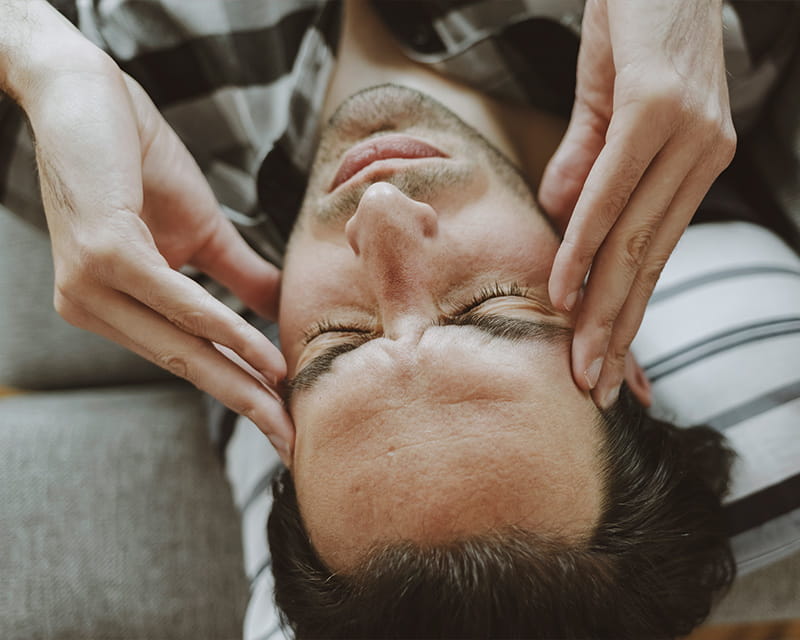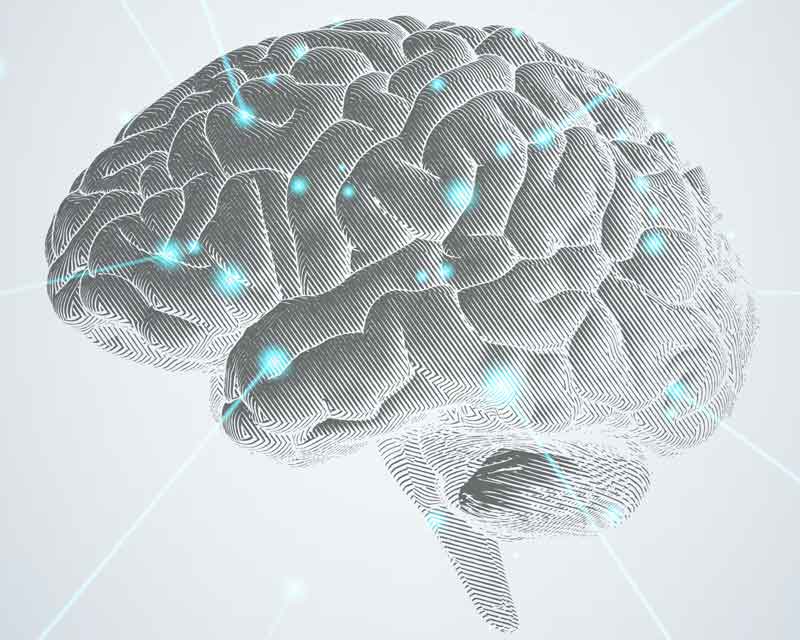
An innovative treatment for chronic post-traumatic headaches
 $16 million in federal research funding helps standardize EMR data collection, power comparative analysis
$16 million in federal research funding helps standardize EMR data collection, power comparative analysisA multicenter research project led by the Department of Physical Medicine and Rehabilitation at The Ohio State University College of Medicine and Wexner Medical Center aims to revolutionize how clinicians deliver the best rehabilitation care for traumatic brain injuries (TBI). The study is the first of its kind in scope and scale within the field of physical medicine and rehabilitation.
Ohio State rehabilitation psychologist Jennifer Bogner, PhD, ABPP-RP, who is the Bert C. Wiley, MD, Chair in Physical Medicine and Rehabilitation, says the study will compare inpatient rehabilitation treatments for TBI. Cynthia Beaulieu, PhD, ABPP-CN, Ohio State clinical neuropsychologist and associate professor, will be working with 15 different medical centers to standardize parts of the electronic medical record (EMR) to aggregate data across sites.
Erinn Hade, PhD, Ohio State adjunct associate professor and New York University Grossman School of Medicine associate professor, will lead the study design and statistical comparative analysis.
These three principal investigators will work with the participating sites to pursue these outcomes:
The $16 million, seven-year CARE4TBI (Comparing Treatment Approaches to Promote Inpatient Rehabilitation Effectiveness for Traumatic Brain Injury) project is funded by the National Institute of Neurological Disorders and Strokes. Bogner, Beaulieu and Hade manage the study across 15 sites, plus the Veterans Affairs (VA) Polytrauma Rehabilitation Center in Tampa, Florida.
If successful, the study will be a game changer for utilizing EMR data in ways that impact treatment protocols for TBI and other conditions, Beaulieu says.
Moderate to severe TBI causes difficulty with cognition, behavior, processing emotions and movement, and can have a devastating impact on one’s ability to function independently. Clinicians know that comprehensive interdisciplinary inpatient rehabilitation can maximize function and reduce complications. What they don’t yet know is how to determine which specific rehabilitation interventions are best for their patients.
CARE4TBI will change that by:
But first, the research team must develop methods for therapists at every study site to document, identify and track rehabilitation treatments across both Epic and Cerner platforms, says Beaulieu.
EMR systems are criticized for:
CARE4TBI optimizes the EMR by creating standardized, structured, clinical data elements to capture variables associated with the complex process of both therapy delivery and patient-specific recovery from TBI, Bogner says.
The team is standardizing data formats to capture specific clinical care data and send it to the project’s central database, as well as building manuals and procedures that clinicians and staff at each site can follow. Right now, each therapist documents clinical information in their own way.
“It lets us get into the weeds for all these treatment approaches,” Beaulieu says. “We are one step closer to the full realization of what EMRs were envisioned to be — accessing the data and being able to visualize it rather than having to sift through individual records screen by screen.”
CARE4TBI has the potential to impact the field of rehabilitation long beyond the seven-year mark, Beaulieu says.
“When you have this level of detail and specific data, you can do so much more as a clinician,” Beaulieu says. “You can start tracking treatments and mapping patient responses to those treatments to build informed care models.”
Researchers will spend two years developing the data collection methods to capture daily treatment sessions. Bogner says CARE4TBI uses some of the same tools as the TBI Model Systems longitudinal study funded by the National Institute on Disability, Independent Living and Rehabilitation Research within the Administration for Community Living.
CARE4TBI involves the Ohio Regional TBI Model System and other U.S. TBI Model System (TBIMS) sites that provide brain injury care and rehabilitation to people as they return home and re-enter their communities. The National TBIMS Database follows individuals who agree to participate for their lifetime. More than 18,000 people have been enrolled and some followed for up to 30 years. The Ohio Regional TBI Model System includes 1,370 participants.
The TBIMS National Data and Statistical Center at Craig Hospital in Colorado will coordinate and manage the EMR data collected through CARE4TBI.
Years three to seven of the CARE4TBI project will focus on analyzing the standardized data collected from approximately 1,600 TBI participants.
“This work will substantially expand the capacity of the TBI Model Systems to conduct comparative effectiveness studies, and the standardized EMR data elements could be adopted by other facilities,” Bogner says.
CARE4TBI includes people from every aspect of a patient’s care, including researchers and other stakeholders:
“Researchers, clinicians, information technologists and people living with TBI are telling us if what we are doing is or isn’t relevant to their lives,” Bogner says. By involving — from the start — those most likely to use and benefit from the research findings, the team hopes to quickly implement what it learns, she says.
Each stakeholder group meets weekly or monthly to discuss processes and data collection. Beaulieu says this collaborative approach is powerful because it meets the needs of clinicians and therapists, business owners and regulators, and tells the story of each patient.
Opportunities also exist to discover new information and ideas through the data for other purposes and care services. The CARE4TBI research team envisions being able to translate EMR data into better practices and clinical care for many other conditions outside of traumatic brain injuries.